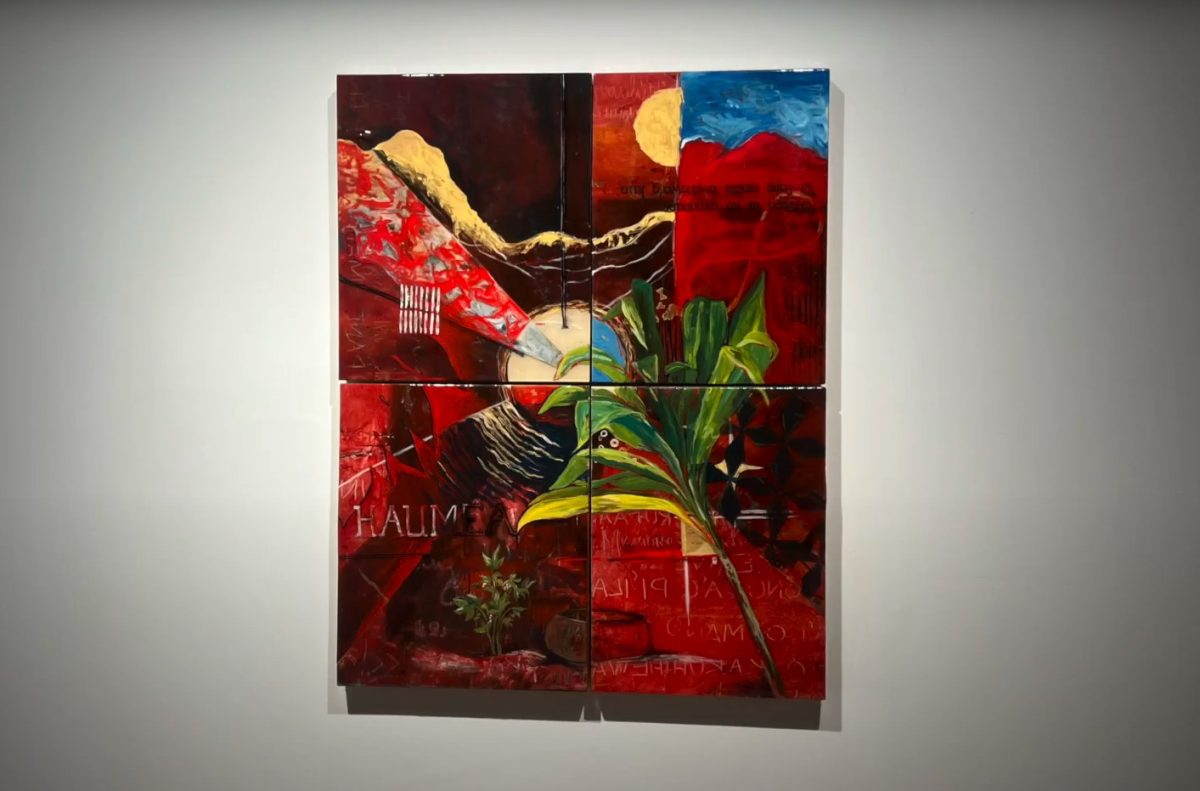It is obvious that the lack of adequate student housing at the University of Hawaii remains a problem.
UH’s decisions in where funding goes have not improved the situation.
The university used $18 million in 2021 to expand seating capacity of the Clarence T.C. Ching Athletics Complex from 2,500 seats to 9,500 seats, according to UH News. In 2022, the Board of Regents approved allocation of $30 million more to expand capacity to 17,000.
UH officials claimed the expansion was needed to avoid putting the football program’s NCAA FBS Division I status at risk.
Regardless, sports should not be put ahead of basic student needs, such as housing.
State Rep. Kurt Fevella lectured UH administrators last month about their questionable funding priorities.
“If you guys could do that for Ching field, why couldn’t you guys do that for the dorms?” Fevella said, as reported by The Honolulu Star-Advertiser.
Hale Noelani, an apartment-style dormitory, has been closed since 2017 and had not been renovated since it was built in 1978. It has 152 units with 530 beds.
Hale Kahawai (1963), Hale Laulima (1968), Hale Anuenue (1978) and Hale Wainani (built in 1979) also have not been renovated since they were built.
The lack of maintenance at these aging dorms is stunning. Hundreds of students live in buildings that are as old as their parents or, in some instances, their grandparents. In some cases, their grandparents may have even lived in them as students.
Also, many students are forced to live off campus because an entire apartment complex is closed to them. Many off-campus options are far from the school and can breed isolation, depriving students of the community experience that so many enjoy, and the convenience that comes from dorming.
“Nobody brought it to my attention, and I didn’t ask the question,” said UH President David Lassner, when asked why he did not know that some dorms have been vacant for years. (Lassner said in 2023 that he will retire in 2024, after 47 years at Manoa, including 11 as UH president.)
Expansion of UH’s athletic facilities while the housing situation continues to decay is unacceptable. It is clear that we as a community must advocate for better allocation of funding, and the school’s leadership respond with better decisions.








